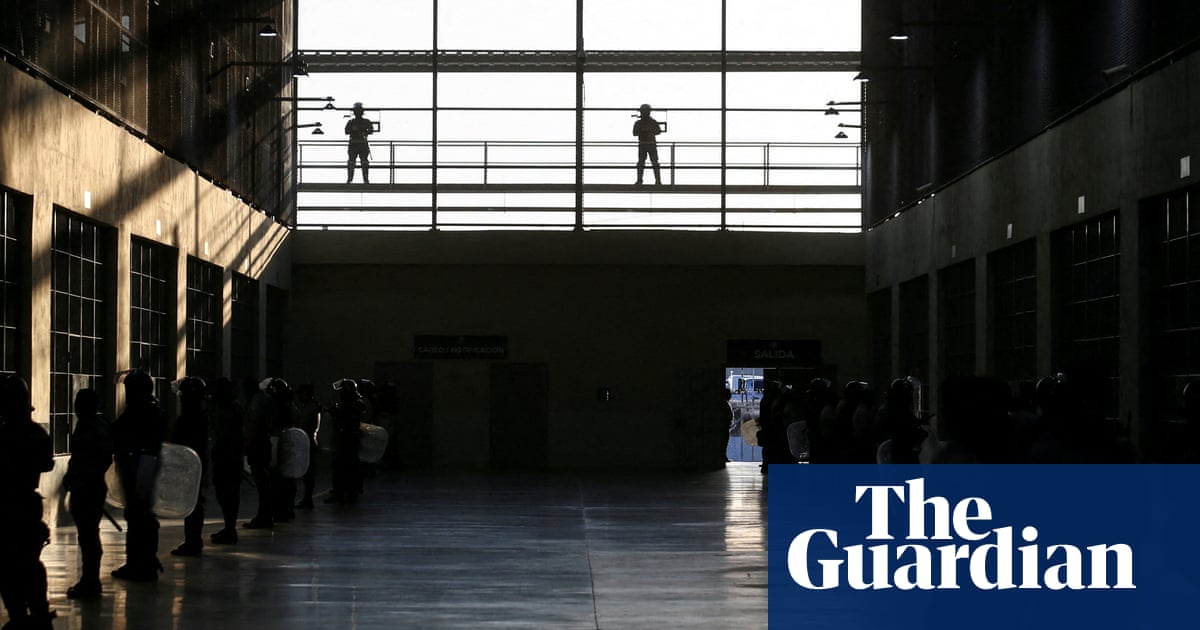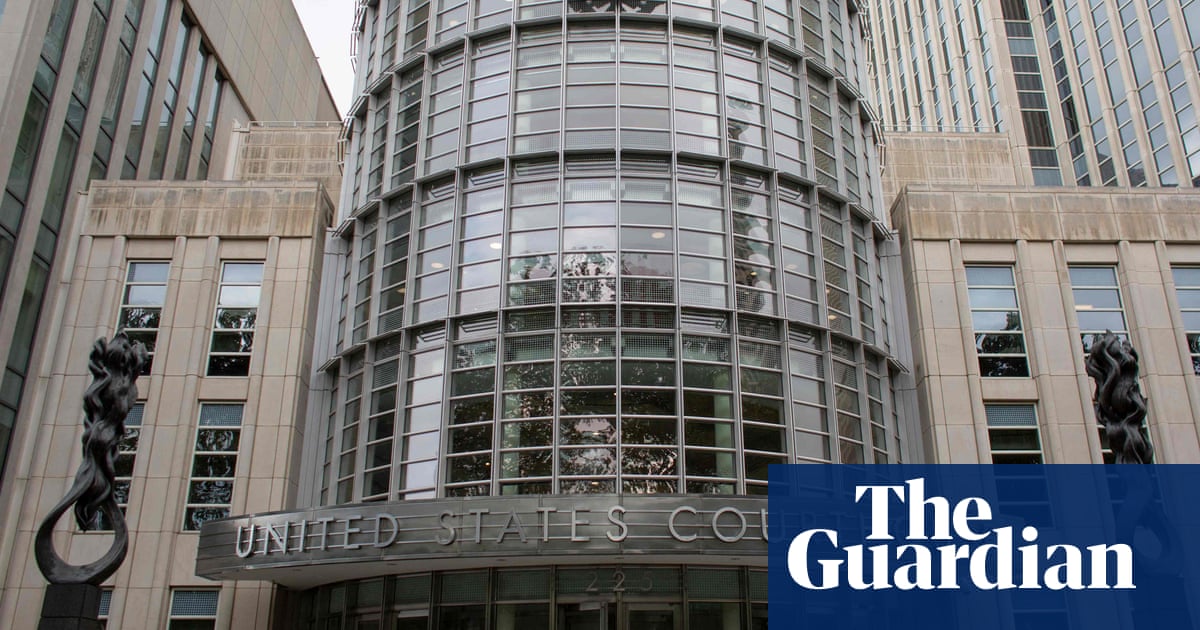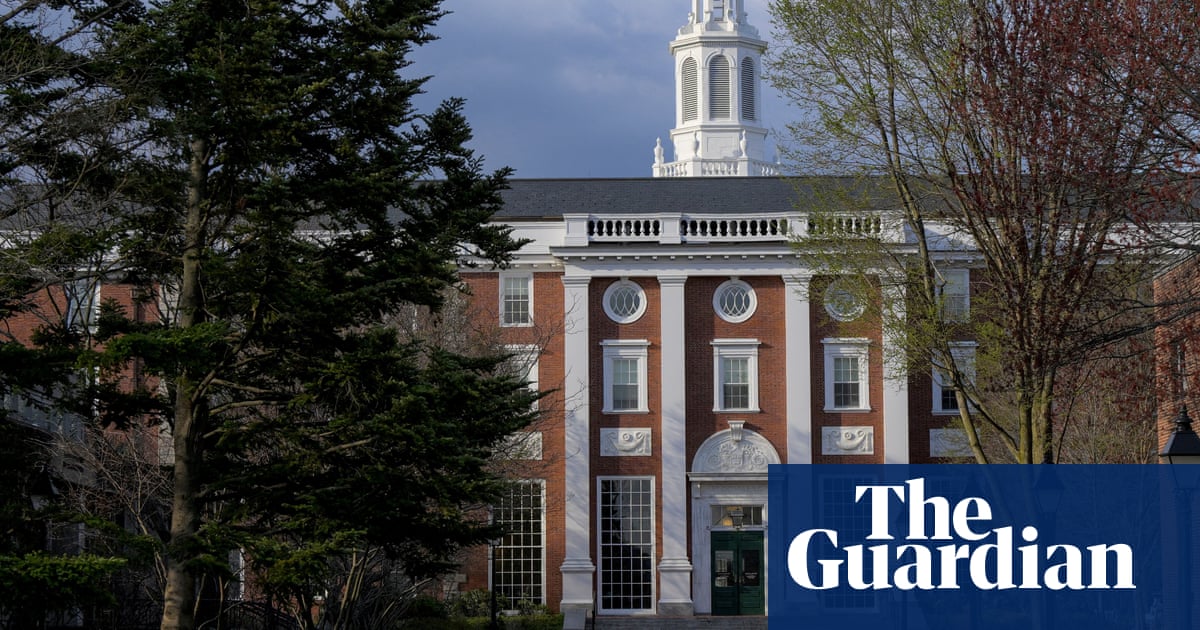It needs hardly be said that the title is ironic. The abject non-hero of Kelly Reichardt’s engrossingly downbeat heist movie, set in 1970s Massachusetts, is weak, vain and utterly clueless. By the end, he’s a weirdly Updikean figure, though without the self-awareness: going on the run with no money and without a change of clothes, to escape from the grotesque mess he has made for himself and his family.
This is James, played with hangdog near-charm by Josh O’Connor; he is an art school dropout and would-be architectural designer with two young sons, married to Terri (a minor complaint is that the excellent Alana Haim is not given enough to do). James depends on the social standing of his father Bill, a judge, formidably played by Bill Camp, and is borrowing large sums of money from his patrician mother Sarah (Hope Davis), ostensibly to finance a new project.
But James has something else in mind for the cash. Having established the lax security measures at a local art gallery, he plans to pay two tough guys and a getaway driver to steal four paintings by American artist Arthur Dove and hide them at a nearby farmhouse. But then, as one of his robbers plaintively ask him, how are they to be fenced? James’s answer to that turns out to be the most pathetic thing of all.
Obviously, you wouldn’t expect the quietist, realist movie art of Kelly Reichardt to give us anything like Ocean’s Eleven or Reservoir Dogs. But the very fact of its ostentatiously unadorned reality makes the extraordinary events real and startling, shot, as always with Reichardt, with an earth-tones colour palette in a cold, clear daylight in her unflavoured, unaccented style. We are talking about robbery with guns pointed at innocent people and security guards roughed up, with no dramatic music on the soundtrack (quite as it would be in real life). Reichardt has unerringly located the unglamour in the heist.
You might compare this to realist art heist pictures such as Alonso Ruizpalacios’s Museum or Bart Layton’s American Animals, both from 2018, but this is utterly distinctive and, yes, exciting. So is the weird slice-of-life quality in every recorded detail of the chaotic and extended aftermath, which is the real meat of the picture in fact: James shows his failure to anticipate the reliability level of the tough guys and the likelihood that the local mob will not take kindly to audacious, eye-catching and – who knows? – lucrative robberies on their turf.
James travels around his variously wary and aghast acquaintances, and these scenes show us the awful truth about James’s abysmally insubstantial dreams and ambitions – he periodically calls in from public telephones, asking the kids to “put mommy on the phone”, avoiding justice, committing contemptible theft (so much less exciting than art theft) and finally receiving brutal poetic justice amid the injustice of Nixon’s US. As for O’Connor, his art-thief character is weirdly similar to the one he played in Alice Rohrwacher’s 2023 film La Chimera, a former archaeological scholar turned antiquity robber, although he was there physically tougher and more knowledgable about art theft.
Kelly Reichardt’s last film, as it happens, was also about art: Showing Up, with Michelle Williams as a stressed artist whose day-to-day existence (the banal business of “showing up”) is shown to be more real than the supposed white heat of artistic inspiration. There the quotidian details were as relevant as the art; in The Mastermind, the dreary details of post-heist calamity are as pertinent as the main event. It is this that attracts Reichardt’s observing eye and makes The Mastermind so quietly gripping.

 4 hours ago
2
4 hours ago
2

















































